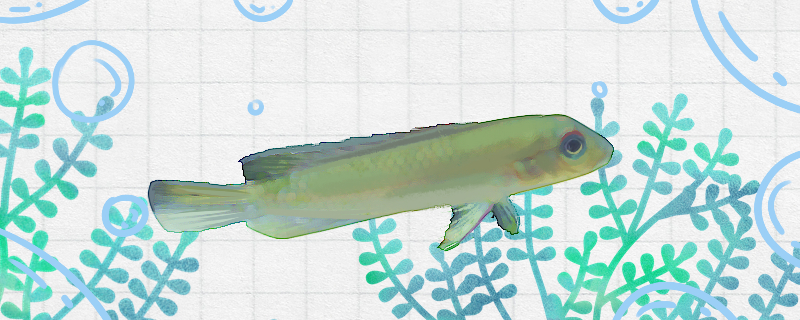 Is the blue-bel
Is the blue-bel? The blue-bellied phoenix fish is a kind of ornamental fish that is relatively easy to raise. They are gentle, adaptable to the environment, have no special requirements for water temperature and quality, and can get along well with other fish. They have the habit of burrowing, belonging to benthic fish, like to dig holes in the gravel layer and hide in them. When
raising these fish, they can use coconut shells, flowerpots and other materials to create some caves for them to hide and rest. You can also plant some aquatic plants in the fish tank to make their habitat look safer. It is not difficult for them to reproduce, and the parent fish should be given adequate nutrition before reproduction. Generally speaking, this kind of fish is not difficult to raise and is suitable for novices.
blue-bellied phoenix fish 1. Feeding: blue-bellied phoenix fish can eat newly hatched shrimp, brine shrimp and other active baits, and can also accept flake or pellet feed. They are demersal fish, and it is best to provide bait that can sink.
2. Reproduction: There is no need to fish out the parent fish during the incubation period after spawning. They will carefully take care of the larvae for a period of time until the larvae survive independently. Prolonged inbreeding can lead to genetic weakening, making the offspring more and more dim in color.
3. Water environment: They have strong adaptability to the environment. They are suitable for living in weak acidic water with PH value between 6.2 and 6.8. The water temperature should be maintained at about 24-27 ℃, and the hardness should be maintained at about 8-12.